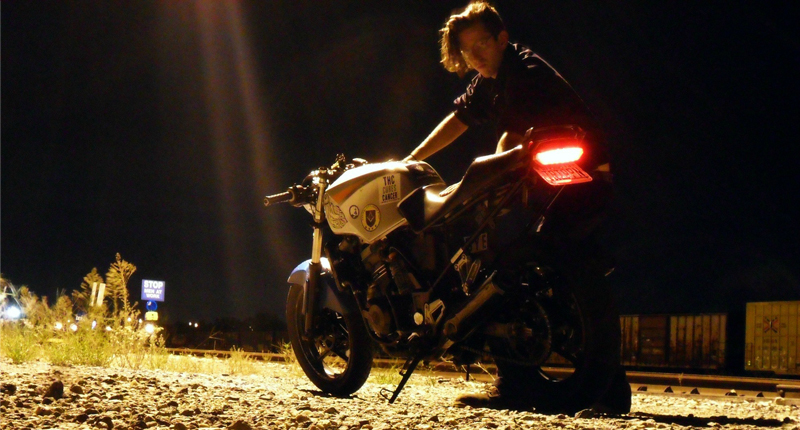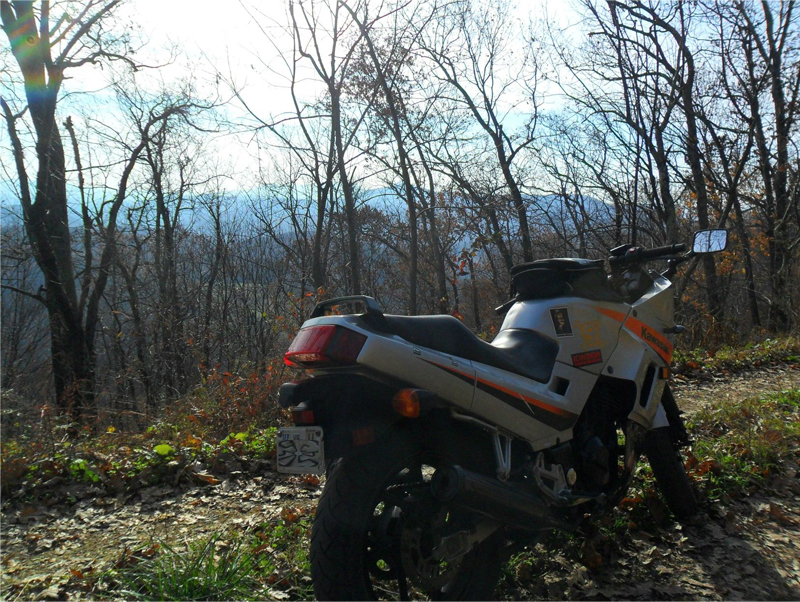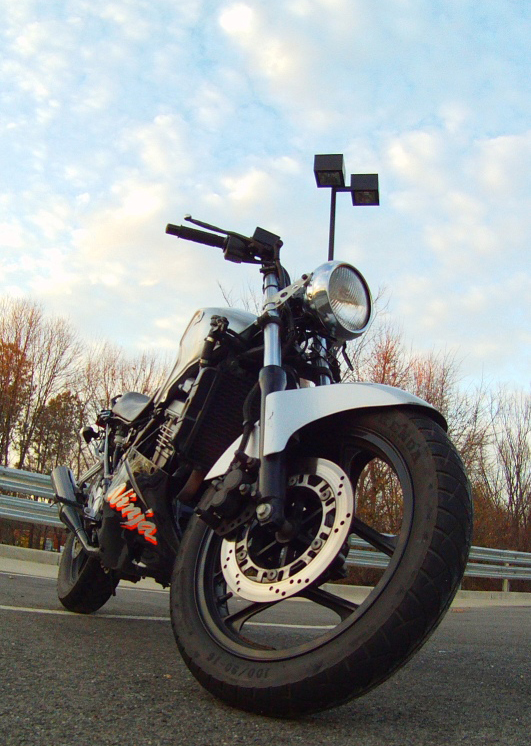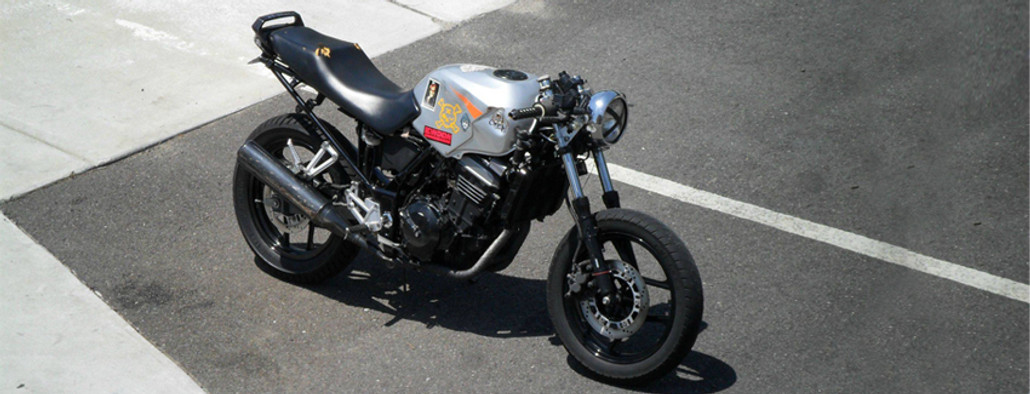SportBike - Kawasaki Ninja 250 1st Generation (1988-2006) Long Term Review
Posted by Team Motorcycle on Oct 9th 2016
| The Kawasaki Ninja 250 may not have broken any records or brought any huge innovations to the motorcycling market, but it's one of the more important motorcycles in modern history because it's been responsible for bringing so many new riders into the world of motorcycling. An extremely popular entry-level sport-standard, it was actually Kawasaki's best selling bike for well over a decade. For good reason, in fact; there are no others that come to mind so readily when thinking about value for the money. Having owned two of these bikes over years and racking up tens of thousands of miles between them I feel well equipped to offer an honest an accurate opinion of the motorcycle for those that might be interested in picking one of these workhorses up for themselves. |

| PROS: |
| While the Ninja 250 does have some minor shortcomings I want to first focus on what it's good at. Being a small, entry-level bike means that the machine is very lightweight when compared to the average. Light bikes are easier to handle at slow speeds, easier to pick up if dropped, turn more responsively, and get better gas mileage as well. While everyone likes to save a few bucks on gas, the forgiveness a light motorcycle provides in terms of handling can be crucial for a beginning rider. The lack of overwhelming power is also a characteristic of the bike that lends a wider margin of error when learning proper throttle control. Despite this, it will do an honest 100mph and has no trouble passing traffic on the freeway. |
| Mechanically the motorcycle is quite simple when compared to is more race-oriented siblings. While cutting-edge technology might be of benefit to an experienced road-racer looking to shave seconds off a lap time at the track it's not of much use to a new rider. Aside from being more expensive, fancy tech usually tends to be more diffucult to maintain and repair. To put it simply, you'll be glad you weren't driving a fancy Italian bike when you drop it for the first time (and you will). Maintenance on the Ninja 250 is generally very easy. The valves are adjusted with an easy-to-adjust screw and locknut mechanism that doesn't require any special tools. In addition to the maintenance benefits the simplicity also means lower operating costs. New and used replacement parts can be found for a fraction of the price of more advanced machines, even when talking about something as simple as a brake rotor. |
| Speaking of working on the bike--there is probably more DIY and how-to information on this motorcycle available online than any other motorcycle on the market. Various websites and wikis offer picture filled tutorials on everything from changing the bike's oil to replacing the entire engine. The Ninja 250 was actually manufactured almost exactly the same for 20 years, and with no model changes during that time a massive amount of information about the bike accumulated online. I haven't seen anything even remotely close in scope to the online support network surrounding the Ninja 250. |

| CONS: |
| While the Ninja gets too much of a bad rap for being underpowered, it is true that for very large riders or 2-up riding it might be too uncomfortable for some. That doesn't mean it can't be done, however. I personally have had 350lbs of combined human weight on my Ninja 250 in the mountains and didn't have any problems but it might be too cozy for some. Speaking of power, since the engine is of relatively low displacement and that displacement is split across two cylinders. This means that the jets in the carburetor are quite small and can clog easily if there is any sort of contamination in the fuel. Another con is that there is no fuel filter by default which leaves the carbs vulnerable to gunk. Luckily it's quite easy to solve both of these problems by simply installing an in-line fuel filter in the line between the gas tank and the carbs. Problems solved! While there is no suspension adjustment whatsoever (which some may see as a con) I have never bottomed out the suspension, even off-road. |

| There are a couple of weak points or flaws in the design of the Ninja 250 that I feel are worth mentioning to prospective buyers. The cam chain tensioner on all of the 250s is not of the most reliable design. It fails slowly and incrementally, not suddenly and catastrophically. Listen for any increased noise from the valves or valve chain area. Over the course of thousands of miles the mechanism wears out and doesn't do its job as well, which is to keep the slack out of the cam chain. If there is excessive noise check the tensioner and replace if needed. There is a third party replacement with manual adjustment that solves this problem. Also worth noting is that the pre-2002 model engine valve seats tend to wear out quite quickly so it's best to buy 2002 model year and later. |
| FINAL ANALYSIS: |

| I have been in almost every situation you can put a motorcycle like that in. For the amount of money that one of these bikes costs used, the return on investment is absoutely fantastic. Many people end up moving on to something bigger or faster or more specialized, and if that's something you end up doing you'll probably lose little or no money on the deal. I was able to sell both of my Ninja 250s for more than I paid, and that's with many thousands of miles added to the odometer counts. When taking into account all of the amazing camping trips, road trips, forest road and off-road exploring, all of the incredible adventures and wonderful friends I made on that motorcycle--it was certainly one of the best purchases of my life. The one thing the Ninja 250 can do better than any other bike on the market is provide practical value for the money. This one comes highly recommended for beginners or anyone who wants to get back into the game without burning up their wallet. |

